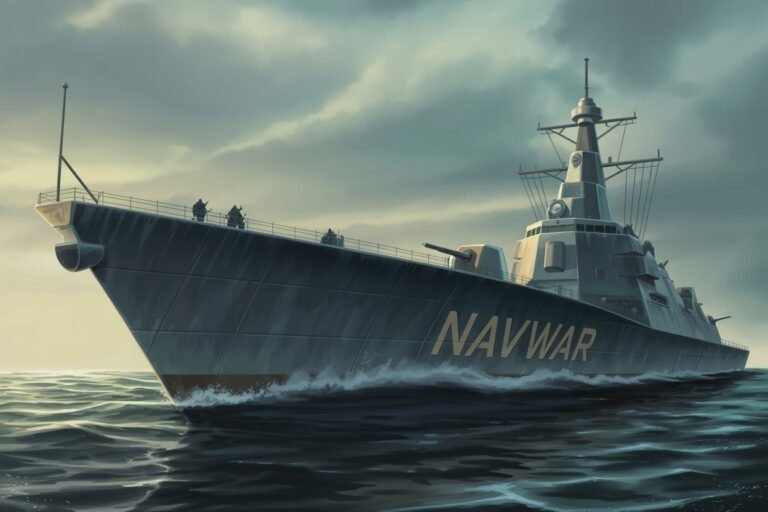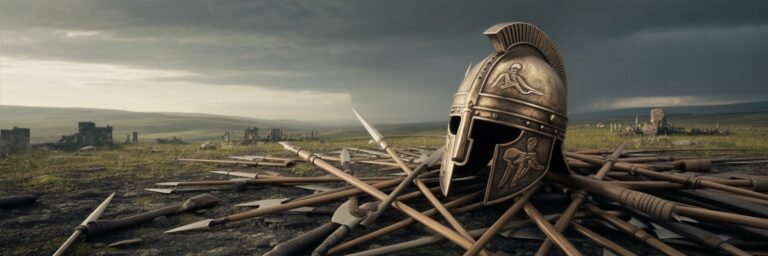INTRODUCTION
The annals of history are written in blood. From the valleys of Mohenjo-Daro to the ramparts of the Great Wall, empires have been raised and razed through conflict, each bearing witness to battles so violent, they have shaped human civilization but often their stories remain untold. This piece intends to traverse millennia, oceans, civilizations and, cultures to recount those bloodiest of struggles in empire-building, seared in our collective memory.
HISTORICAL BACKGROUND
The circumstances that conspired to lock men in mortal combat often revolved around the thirst for power, territorial disputes, and ideological disagreements. Persia, Rome, France, and Britain, grand empires were built on the broken bodies of soldiers, civilians alike. Among this pyramid of bones and rivers of blood, three battles stand out for their sheer brutality; the battle of Cannae in 216 BC involving Rome and Carthage, The Battle of Verdun in 1916 during World War I, and the Siege of Leningrad from 1941-1944, mid World War II. Each of these battles was marked by unprecedented bloodshed, tactical mastery, and resilience, while carving out an empire’s destiny.
THEORIES AND INTERPRETATIONS
The Battle of Cannae has been celebrated among military strategists for Hannibal’s double-envelopment tactic. It was in this encounter that the Carthaginian general employed his understanding of terrain and the malleability of his African and Iberian infantry to encircle a larger Roman Army. While Hannibal’s tactical novelty is undisputed, alternative interpretations allude to Rome’s political infighting and strategic incompetence as contributing factors.
The Battle of Verdun, synonymous with attrition warfare within a trench system, was built on the German concept of ‘Bleeding France White.’ France, however, interpreted the battle as the ‘Sacred Way’, a fight for the nation’s survival. Through its lens, the unprecedented loses depicted national resolve, not inefficiency. Critics however, argue that the misguided strategy of both sides, overspending human lives for small territorial gains, was nothing short of mutual madness.
The Siege of Leningrad was Russia’s testament to the WWII effort. The Stalinist interpretation glorified the unbreakable Soviet spirit despite unimaginable hardship. Post-glasnost analyses however, focus on Stalin’s leadership failures, the NKVD’s brutal control over civilians, and the systemic suppression of the humanitarian crisis that unfolded during the siege.
MYSTERIES AND CONTROVERSIES
The aforementioned battles have sparked their fair share of controversies and enigmas. The most prominent among The Battle of Cannae being the fate of the Carthaginian army post-victory. The annihilation of Romans should have given them an upper hand, however, their inability to capitalize remains a question for historians.
Verdun too raises controversy in the sheer scale of its bloodshed. French General Petain’s dictum, “They shall not pass”, embodied an obstinate strategy of static defense which arguably prolonged the conflict at an enormous cost. Was this sense of territoriality worth countless lives?
Lastly, the Siege of Leningrad continues to inspire debate over the scale of the human tragedy including cannibalism and social breakdown, a narrative not fully acknowledged by Soviet and contemporary Russian historians.
SYMBOLISM AND CULTURAL SIGNIFICANCE
Cannae became a symbol of the classical underdog overcoming a larger force, an embodiment of Hannibal’s genius. It has been extensively studied and emulated in military institutions, influencing campaigns across centuries, earning a place in popular culture as well.
Verdun carries a different sentiment within French identity. The Monument of the Sacred Way, depicting a French soldier’s determination, captures the symbolic importance of a battle that shaped the French perception of resilience against adversity.
The Siege of Leningrad is commemorated annually as the ‘Day of Military Glory.’ Monuments like the “Broken Ring” and the “Motherland” communicate the city’s resilience, reflecting the siege’s central place in Russia’s cultural memory of WWII.
MODERN INVESTIGATIONS
Modern historians continue to probe the aforementioned battles from multiple perspectives. Cannae’s battlefield has been surveyed to contextualize ancient sources, providing new insights into infantry tactics. Verdun has seen excavations in its once-buried forts, coupled with a reassessment of its military significance. The Siege memory has been contested within contemporary Russia and beyond, becoming an active field of study regarding wartime propaganda, power politics, and the portrayal of historical narrative.
LEGACY AND CONCLUSION
Through the turmoil of battlefields, the course of empires was charted. Cannae redefined the art of war, becoming an enduring symbol of military brilliance. Verdun reminded humanity of war’s destruction and the valor in perseverance. Leningrad’s Siege articulated the untold sacrifices of a civilian population in the enterprise of war.
These battles will continue to reverberate in the echoes of our collective memory, reminding us of the frightful cost of Empire Building and stirring respectful contemplation. However bloody their legacy, they invoke a dire reminder: as long as there are empires to be built, there will be battles to be fought, and blood will perhaps, continue to be spilt.






